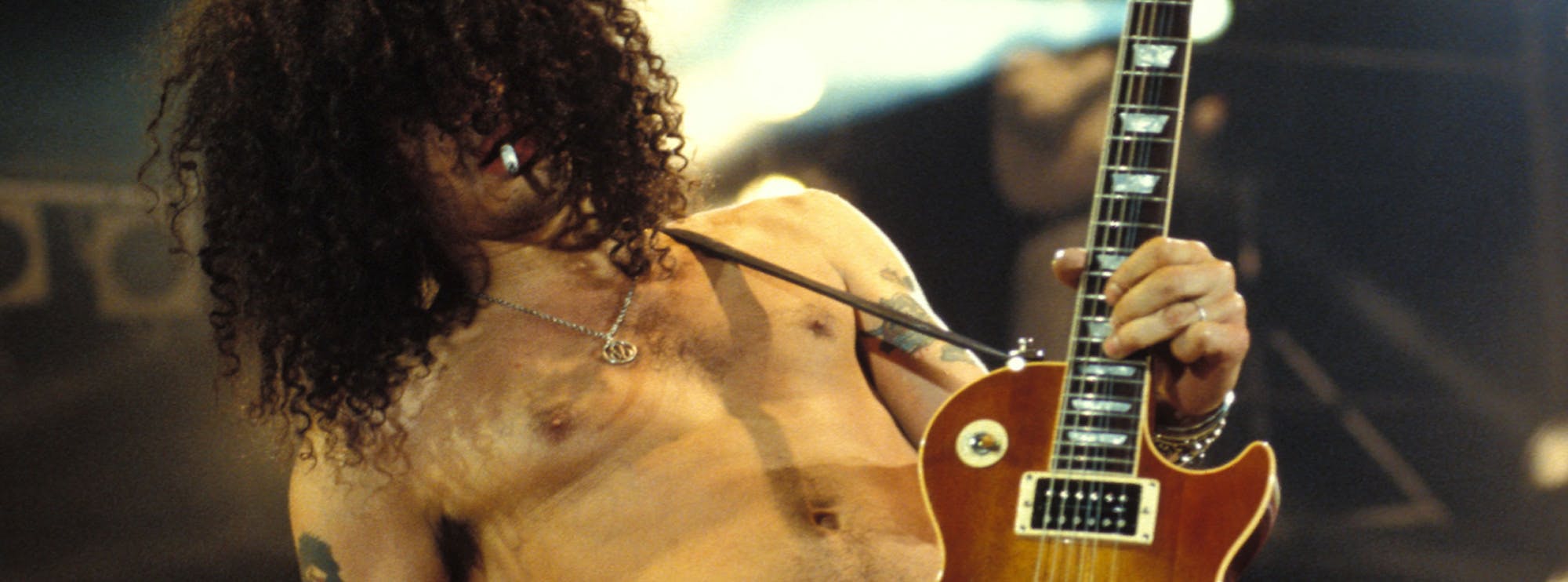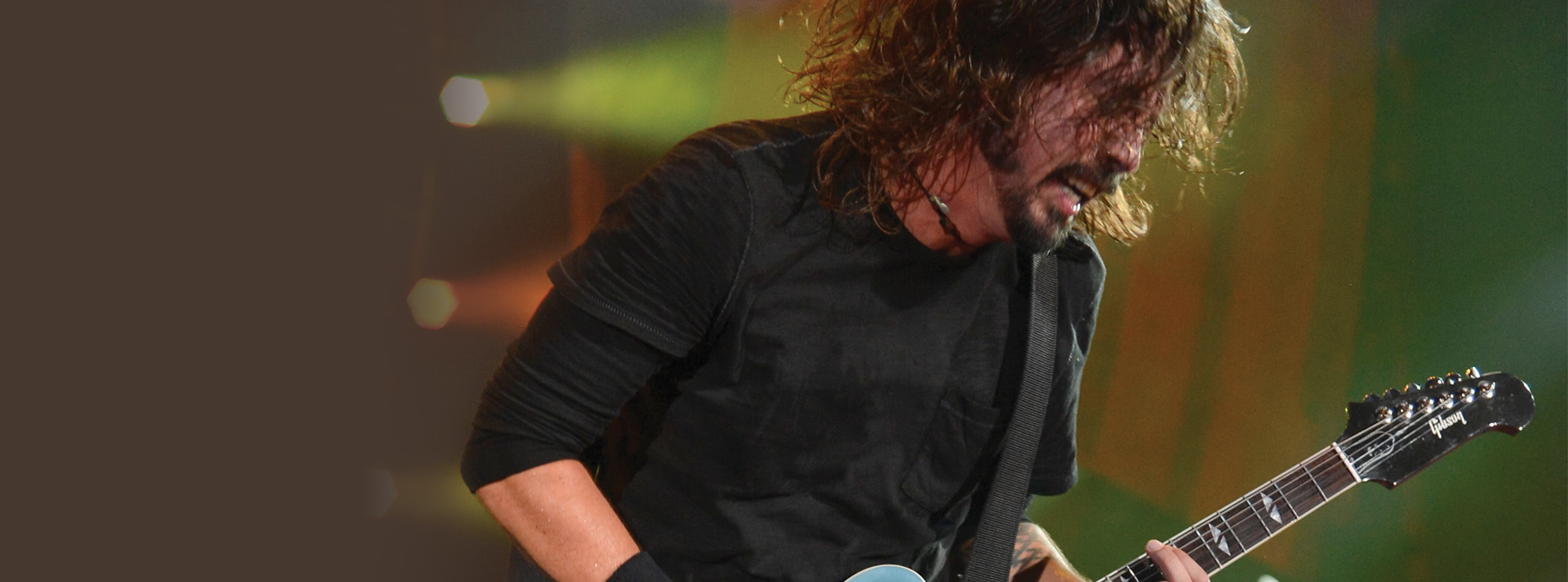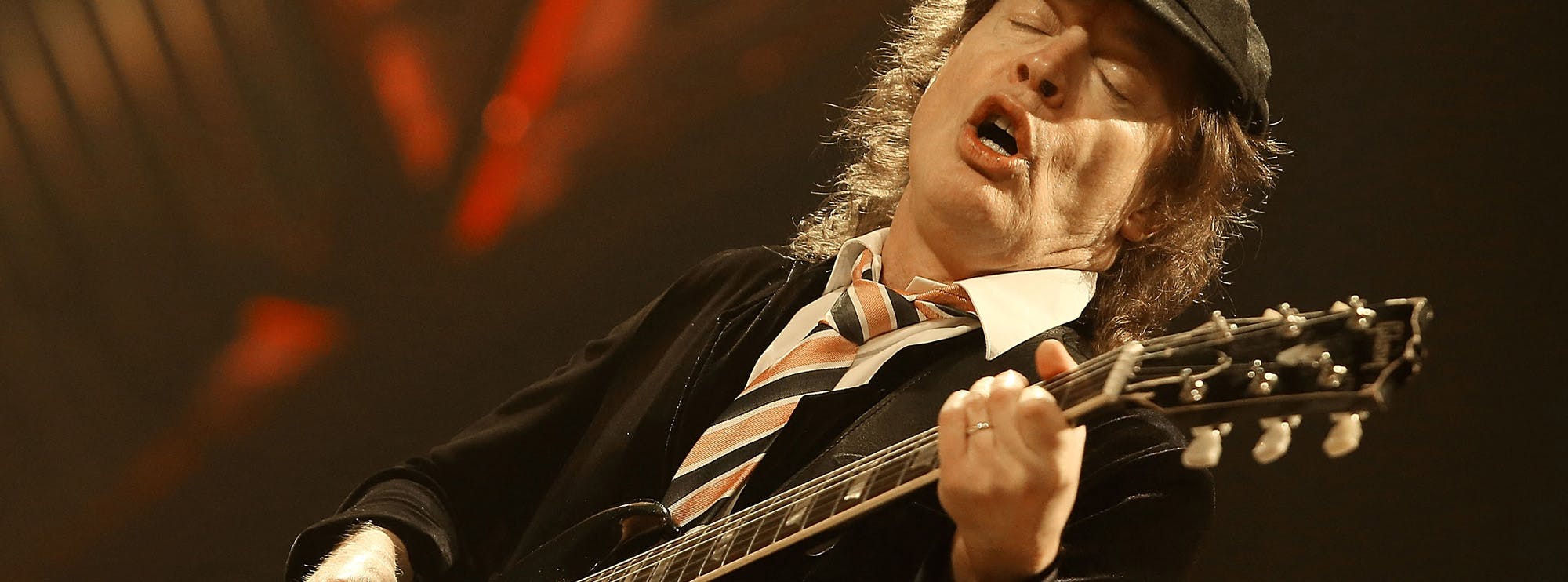Crossroads by Eric Clapton
Eric Clapton’s version of “Crossroads” is an iconic blues-rock anthem that has become a staple for guitarists around the world. This LickLibrary guitar lesson provides a note-for-note breakdown of the song, emphasising the key techniques used by Clapton that make this performance legendary.
With a focus on foundational blues techniques and advanced lead guitar phrasing, this lesson will help you develop both technical skills and musical expression. Let’s dive into the key elements that define Clapton's performance on this track and how you can incorporate them into your playing. Richard Barrett breaks down this classic track in this exclusive Lick Library video tutorial.
About the Guitarists
“Crossroads” was originally written by blues pioneer Robert Johnson, but it was Eric Clapton who brought the song into the rock mainstream with his electrifying performance with Cream in 1968. Clapton’s guitar work on this track, paired with Jack Bruce's bass and Ginger Baker’s drumming, showcases a fusion of blues and hard rock that influenced generations of guitarists.
Clapton’s playing on "Crossroads" is revered for its emotive phrasing, smooth string bends, and mastery of the blues pentatonic scale. His ability to blend fiery solos with soulful rhythms makes him a key figure in blues rock, and this lesson explores those nuances.
Techniques in “Crossroads” Guitar Lesson
1. String Bending
In "Crossroads," string bending is central to creating the expressive blues sound. Clapton uses bends to give his solos that signature vocal-like quality, allowing notes to "sing." String bending is essential for any blues guitarist looking to add emotion to their playing. In this lesson, you will learn how to control your bends, focusing on hitting the correct pitch and maintaining smooth transitions.
2. Vibrato
Clapton’s use of vibrato adds depth and character to his playing. By mastering vibrato, you’ll be able to sustain notes longer while giving them a rich, shimmering quality. This technique is especially useful in slow blues solos where you want to hold the listener’s attention with minimal movement.
3. Slides
Slides are another key element in Clapton's lead playing. Moving between notes smoothly gives the solo a fluid feel, allowing you to transition seamlessly between different positions on the fretboard. In this lesson, you'll learn to execute slides with precision, whether shifting between notes in a scale or sliding into a chord.
4. Hammer-Ons and Pull-Offs
Clapton frequently employs hammer-ons and pull-offs to create fast, fluid passages in his solos. These legato techniques allow for quicker note transitions without the need for constant picking. Learning hammer-ons and pull-offs will help you improve speed and smoothness, making your solos more dynamic.
5. Double Stops
Double stops are a classic Clapton technique found in “Crossroads,” where two notes are played simultaneously to add harmonic richness. This lesson will show you how to integrate double stops into your lead lines to thicken your sound and add harmonic interest to your solos.
6. Alternate Picking
Alternate picking is key for executing Clapton’s fast blues runs. By alternating between upstrokes and downstrokes, you’ll be able to achieve speed and precision. This technique is essential for tackling fast-paced blues and rock solos with clarity and control.
7. Bluesy Bends
Eric Clapton’s mastery of bluesy bends is a hallmark of his style. These bends, often used in combination with vibrato, are essential for creating the crying, emotional tones that define blues guitar. This lesson focuses on perfecting your bluesy bends, ensuring you can execute them with finesse and emotion.
8. Pentatonic Scales
Clapton's soloing in “Crossroads” primarily revolves around the minor pentatonic scale. Learning to navigate the pentatonic scale across the fretboard is crucial for creating fluid solos. This lesson will guide you through the different pentatonic positions used in "Crossroads" and show you how to link them together for more creative soloing.
9. Rakes
Rakes are used to create percussive accents before striking a note, giving solos more intensity and flair. Clapton uses rakes to add aggression to his phrasing, and this lesson will teach you how to incorporate this technique to build anticipation before landing on a target note.
10. Power Chords
Clapton’s rhythm playing in "Crossroads" utilizes powerful, punchy power chords to drive the song forward. Power chords are essential for rock rhythm guitar, and learning to switch between them quickly will improve your rhythm playing in high-energy songs.
Guitar Techniques Used in "Crossroads"
- String Bending
- Vibrato
- Slides
- Hammer-Ons
- Pull-Offs
- Double Stops
- Alternate Picking
- Bluesy Bends
- Pentatonic Scales
- Rakes
- Power Chords
By mastering these techniques, you’ll not only be able to play "Crossroads" note for note, but you’ll also develop a deeper understanding of the blues-rock genre that has influenced countless guitarists over the years. Whether you’re aiming to sharpen your lead guitar chops or build a solid rhythm foundation, this lesson offers the tools you need to elevate your playing.




